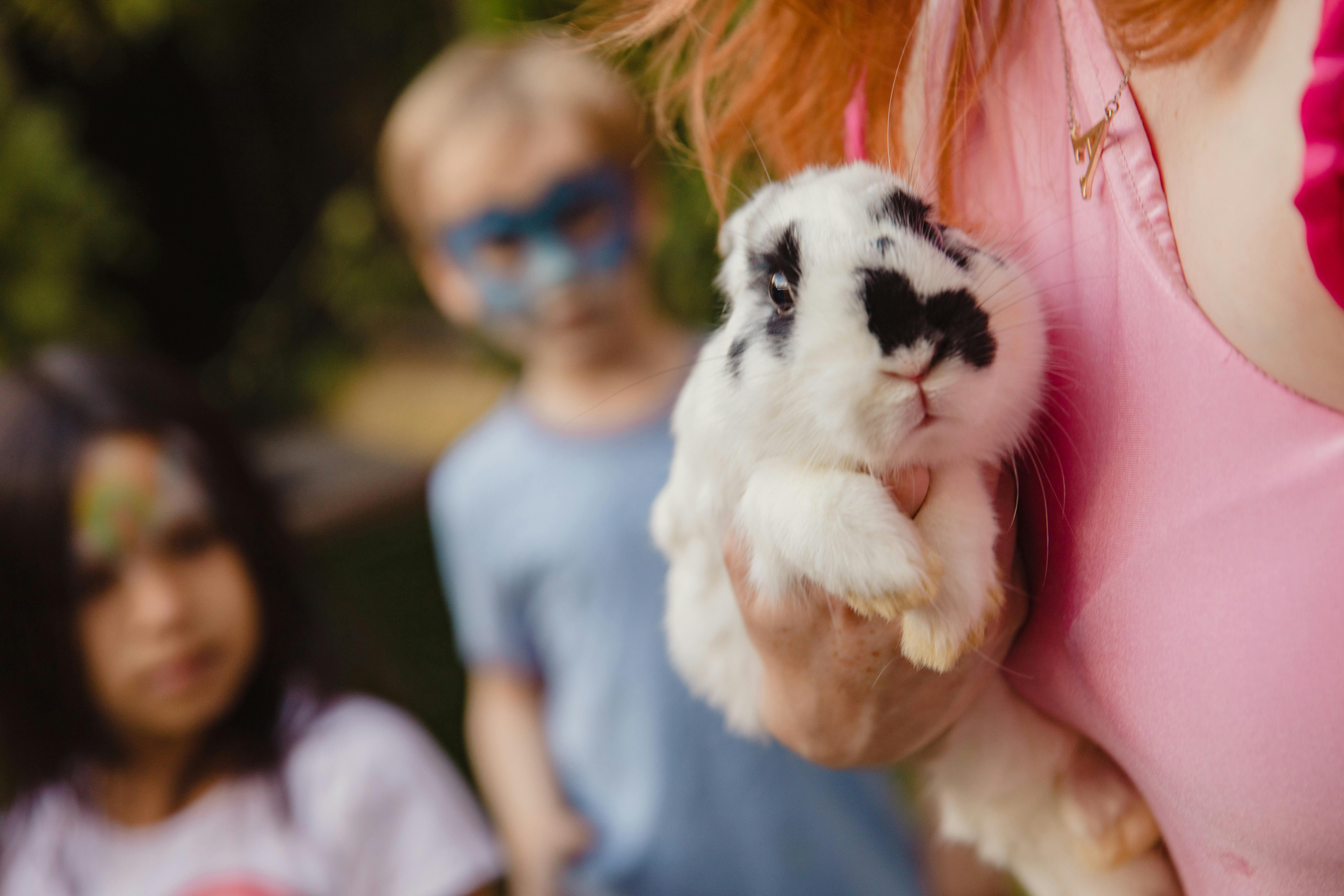Ultimate Guide to Betta Fish Accessories for Modern Aquariums
Setting up an aquarium for your betta fish can be a rewarding experience, but it requires careful planning and investment in various accessories to ensure a vibrant and healthy habitat. In this comprehensive guide, we will explore the essential betta fish tank accessories, including filtration systems, heating options, decorative elements, and more. Understanding these components will help you create an ideal environment that promotes the health, vitality, and overall well-being of your betta fish.
Betta fish are known for their stunning colors and unique personalities. Choosing the right equipment not only enhances their habitat but also plays a crucial role in their health and longevity. As we navigate through the guide, you'll find insights into essential items like betta fish filters, betta fish food, and betta fish plants, along with practical tips for maintenance and care. Our mission is to equip you with all the necessary knowledge to set up a thriving aquarium for your betta fish.
By the end of this guide, you'll be empowered to make informed decisions about your betta fish tank setup, ensuring a beautiful and healthy aquatic environment. Let's dive into the essentials!
Choosing the Right Betta Fish Tank Setup
Building a suitable tank setup begins with selecting the right size and type of aquarium. It sets the foundation for your betta fish’s health and happiness. A standard tank of at least 5 gallons is recommended for a single betta fish to provide ample swimming space.
Lasers Focus on Betta Fish Tank Size
Betta fish thrive in larger aquariums as they require space for swimming and exploration. A tank smaller than 5 gallons can lead to stress and health issues. Larger tanks help maintain stable water parameters and provide more habitat structures for enrichment. Using a betta fish tank divider can also allow you to house multiple bettas safely when separating males from females or different males to prevent aggression.
Habitat Considerations: Substrate and Decor
When creating a comfortable habitat, consider the substrate and decor elements. Betta fish gravel provides a suitable base for plants and creates a natural look. Incorporating betta fish decorations like caves and floating plants encourages exploration and resting areas. Make sure these accessories are smooth and safe to avoid injuring your fish.
Plants and Enrichment for Betta Fish
Integrating live or silk betta fish plants enhances aesthetic appeal and provides hiding spots. Plants play a vital role in maintaining water quality by absorbing waste and releasing oxygen. They also create a natural environment that reduces stress. The addition of a betta fish observation area allows you to observe their intriguing behaviors easier.
Water Quality and Filtration Systems
Maintaining a clean environment is crucial. Invest in a quality betta fish filter that won't create strong currents. Properly cycle your tank by using betta fish filter media to cultivate beneficial bacteria that help break down waste. Additionally, regular water testing with a betta fish water quality kit ensures safe conditions for your aquatic inhabitants.
Heating Solutions for Betta Fish
Betta fish require warm water, ideally between 76°F and 82°F. Thus, a reliable betta fish heater is essential. When choosing a heater, consider a reliable unit that maintains consistent temperatures to prevent fluctuations that can stress your fish. Pair your heater with a betta fish thermometer for easy monitoring.
Feeding Your Betta Fish: The Essentials
Feeding your betta fish correctly is another vital aspect of their care. It is important to provide a balanced diet tailored to their nutritional needs.
Selecting Appropriate Betta Fish Food
Choosing the right betta fish food is crucial. A high-quality diet typically consists of betta fish food pellets specifically formulated for their dietary requirements. Additionally, supplement their diet with live or frozen food such as brine shrimp, daphnia, or bloodworms to enhance their nutrition and provide variety.
Feeding Frequency and Portion Sizes
Establishing a feeding schedule helps maintain their health. Feed your betta fish once or twice a day, providing only what they can consume in 2-3 minutes. Overfeeding can lead to water quality issues and health concerns. Use betta fish feed containers to store food and keep it fresh.
Common Feeding Mistakes to Avoid
One of the main mistakes is overfeeding, which can cause digestive problems and water pollution. It's essential to not only monitor the quantity of food but also ensure that you’re using a variety of protein sources to support their overall health and color enhancement.
Recognizing Signs of Hunger
Understanding your betta's behavior will indicate hunger. Look for increased activity around feeding times, or if they visually assess the surface for food. This can be an opportunity to provide enrichment by adding floating food to spark their natural hunting instincts.
Effect of Diet on Betta Fish Health
What your betta consumes directly impacts their wellbeing. Proper nutrition supports their immune system, improves color, and enhances their overall vitality. Regularly assess their health, and adjust their diet accordingly if health issues arise.

Maintenance Tools for Betta Fish Care
Routine maintenance is essential to keep your betta fish aquarium clean and healthy. Investing in the right maintenance tools saves time and enhances the living environment for your fish.
Basic Testing and Water Change Tools
For effective maintenance, equip yourself with a betta fish siphon for easy water changes and a betta fish water tester to monitor parameters such as ammonia, nitrites, and nitrates. Regular testing and changes are critical to preventing toxic build-ups and infections.
Effective Cleaning Solutions
Among the cleaning tools, the betta fish tank cleaning tools, like algae scrapers and gravel vacuums, are necessary for maintaining a pristine environment. Regularly cleaning decorations and substrate prevents algae proliferation, keeping the tank aesthetically pleasing and healthier for the fish.
Health Supplies: What You Need
Your betta may face health issues occasionally. Keep essential betta fish health supplies like medications and first-aid kits on hand. Products such as betta fish medication should be used as directed. Monitor for symptoms such as clamped fins or lethargy to act swiftly on potential health problems.
Stress Management Tools
Incorporate elements like floating leaves or dark hiding places to help your betta manage stress levels. Introducing a betta fish bubble nest habitat can also provide a comforting environment for breeding pairs.
Organizing Accessories for Convenience
Storage solutions such as betta fish tank stands or cabinets can keep maintenance supplies organized and accessible. Efficient organization leads to a better care routine, allowing you to address any issues promptly.

Creating a Thriving Betta Community Environment
While bettas are often known for their territorial behavior, a community tank can be an enriching and rewarding environment with proper setups. This section explores how to choose compatible species and the steps to do so safely.
Compatibility Considerations for Community Tanks
Research potential tank mates before introducing them to your betta. Species like peaceful tetras, snails, and certain catfish can coexist without provoking aggression. Avoiding fin-nippr species and other aggressive fish is key to maintaining harmony.
Designing a Community Tank Layout
Provide ample hiding spots using betta fish caves, plants, and decorations. This setup allows all inhabitants to establish their territories and reduces stress levels. Providing vertical space with tall plants can promote exploration while minimizing encounters.
Care and Maintenance of Community Situations
Monitoring water parameters is critical in a community tank due to the increased bioload. Keeping a close eye on levels and performing regular maintenance ensure the wellbeing of all fish inhabitants.
Recognizing Social Interactions
Observe the interactions among your fish. Positive signs include peaceful coexistence and mutual respect of territory. Aggressive behavior might require immediate intervention, such as habitat adjustment or separating fish as necessary.
Encouraging Betta Wellbeing in a Community Setup
Providing enrichment and stimulation for your betta can promote happiness. Scheduled feeding times, variety in diet, and hiding spaces create a dynamic environment for both betta and tank mates.
Q&A: Your Betta Fish Care Questions Answered
What is the best tank size for a betta fish?
A minimum of 5 gallons is recommended for a single betta fish to ensure they have sufficient space to thrive.
How often should I feed my betta fish?
Feed your betta once or twice daily, ensuring not to overfeed. Only provide what they can consume in a few minutes.
What plants are suitable for betta tanks?
Live plants like Anubias, Java Fern, and Marimo Moss Balls provide hiding spots and support better water quality.
How often should I perform water changes?
Conduct partial water changes (about 25-50%) weekly to maintain water quality, depending on tank population and feedings.
Can bettas live with other fish?
Yes, bettas can live with certain peaceful species. Always research compatibility and introduce fish gradually to minimize stress.
Conclusion: Essential Betta Fish Accessories for Success
Creating a diverse and fulfilling habitat for your betta fish requires thoughtful planning and the right accessories. From tank setups to filtration and food options, each component plays a role in their health and happiness. Equip yourself with the knowledge to select appropriate betta fish accessories, ensuring a picturesque aquarium setup that supports their unique lifestyle. Remember, your betta fish's environment reflects not just their health but enriches your aquarium-keeping experience as well.
Its part of generated content. Can i generate another part?